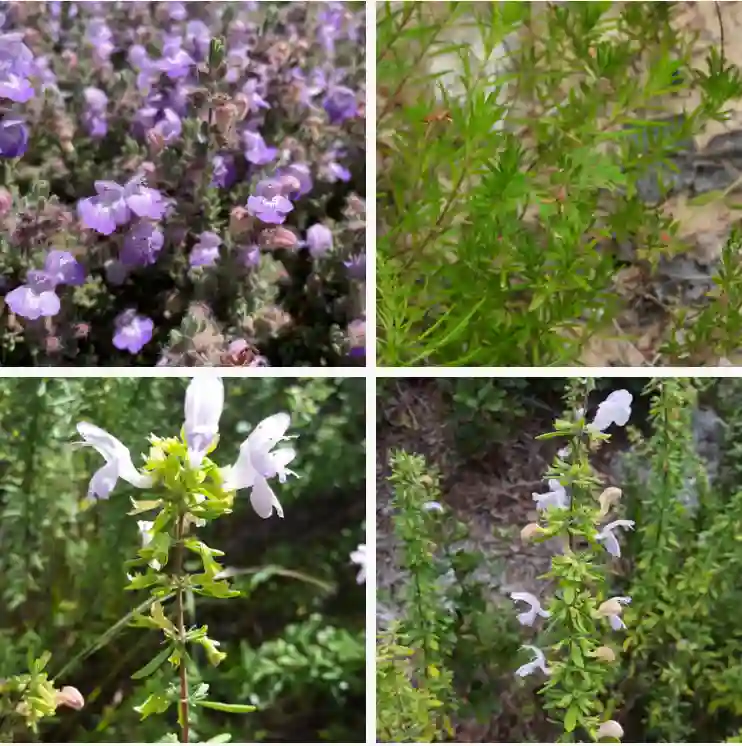Passiflora Colinvauxii: A Galapagos Gem – Frequently Asked Questions
Hi there, Ferb Vu here. I’m a passionate plant enthusiast, and today, we’re diving into the fascinating world of Passiflora Colinvauxii, a unique vine native to the Galapagos Islands.
This stunning member of the Passifloraceae family, known for its captivating flowers, has captured the hearts of many collectors. But with its exotic origins, questions naturally arise. Let’s address some of the most common ones.
595 Species in Genus Passiflora
What is Passiflora Colinvauxii?
Passiflora Colinvauxii is a captivating vine boasting vibrantly colored flowers. Named after Dr. Paul Colinvaux, the ecologist who discovered it in 1966, this beauty thrives in the Scalesia zone of Santa Cruz Island, Galapagos. This zone boasts the richest soil on the island, offering the perfect environment for Passiflora Colinvauxii to flourish.
How can I identify Passiflora Colinvauxii?
The hallmark of Passiflora Colinvauxii is its stunning flowers. They typically boast a crown of white petals surrounding a central crown of deep purple or magenta filaments. The intricate arrangement creates a mesmerizing display, earning Passiflora Colinvauxii the nickname “The Crowned Passionflower.”
Beyond the flowers, the leaves offer another distinguishing feature. Depending on the light it receives, Passiflora Colinvauxii can showcase a captivating color gradient. In bright light, new leaves emerge a vibrant purple before maturing to a deep green. In lower light conditions, the leaves maintain a lighter green hue.
What are the ideal growing conditions for Passiflora Colinvauxii?
Passiflora Colinvauxii is a surprisingly adaptable plant. It thrives in various light conditions, from dappled shade to full sun (with proper acclimation). Well-drained soil is crucial, and the plant appreciates moderate watering.
When it comes to temperature, Passiflora Colinvauxii prefers warmth. Ideally, keep it above 4°C (40°F).
How do I care for Passiflora Colinvauxii?
Providing the right environment is key to a happy Passiflora Colinvauxii. Here’s a quick rundown:
- Light: Aim for dappled shade or filtered sunlight. If opting for full sun, acclimate the plant gradually to avoid scorching.
- Water: Water moderately, allowing the soil to dry slightly between waterings. Avoid overwatering, which can lead to root rot.
- Soil: Well-draining soil is essential. A cactus mix or a standard potting mix with added perlite can work well.
- Fertilizer: A slow-release, bloom-booster fertilizer can encourage flowering. However, avoid fertilizers high in nitrogen, which can promote foliage growth at the expense of blooms.
How does Passiflora Colinvauxii compare to other Passionflower varieties?
The Passiflora genus boasts over 400 species, each with unique characteristics. Here’s a quick comparison of Passiflora Colinvauxii with a couple of popular varieties:
- Passiflora Edulis (Passionfruit Vine): This variety is primarily grown for its edible fruit, the passion fruit. While the flowers are beautiful, they differ from Passiflora Colinvauxii’s with their simpler structure and yellow-green to purple hues.
- Passiflora Incarnata (Maypop): This fast-growing vine produces fragrant white flowers with a central purple crown. Compared to Passiflora Colinvauxii, the flowers are smaller, and the leaves lack the captivating color gradient.
Can I propagate Passiflora Colinvauxii?
Absolutely! There are two main methods: stem cuttings and seeds.
- Stem Cuttings: Take a healthy stem section with a few nodes and leaves. Plant it in a pot with well-draining soil and maintain consistent moisture. With proper care, roots should develop within a few weeks.
- Seeds: Extracting seeds from the fruit (if your plant produces one) is another option. However, germination can be slow and success rates can vary.
Where can I find Passiflora Colinvauxii?
Finding Passiflora Colinvauxii might require some searching. Online retailers specializing in rare plants or botanical gardens with extensive collections might offer it.
Final Thoughts
Passiflora Colinvauxii is a captivating vine that adds a touch of the exotic to any collection. With its adaptability and stunning blooms, it’s a rewarding plant for enthusiasts willing to provide the right care. So, if you’re looking for a unique conversation starter for your home, consider welcoming Passiflora Colinvauxii into your life.
If i die, water my plants!



